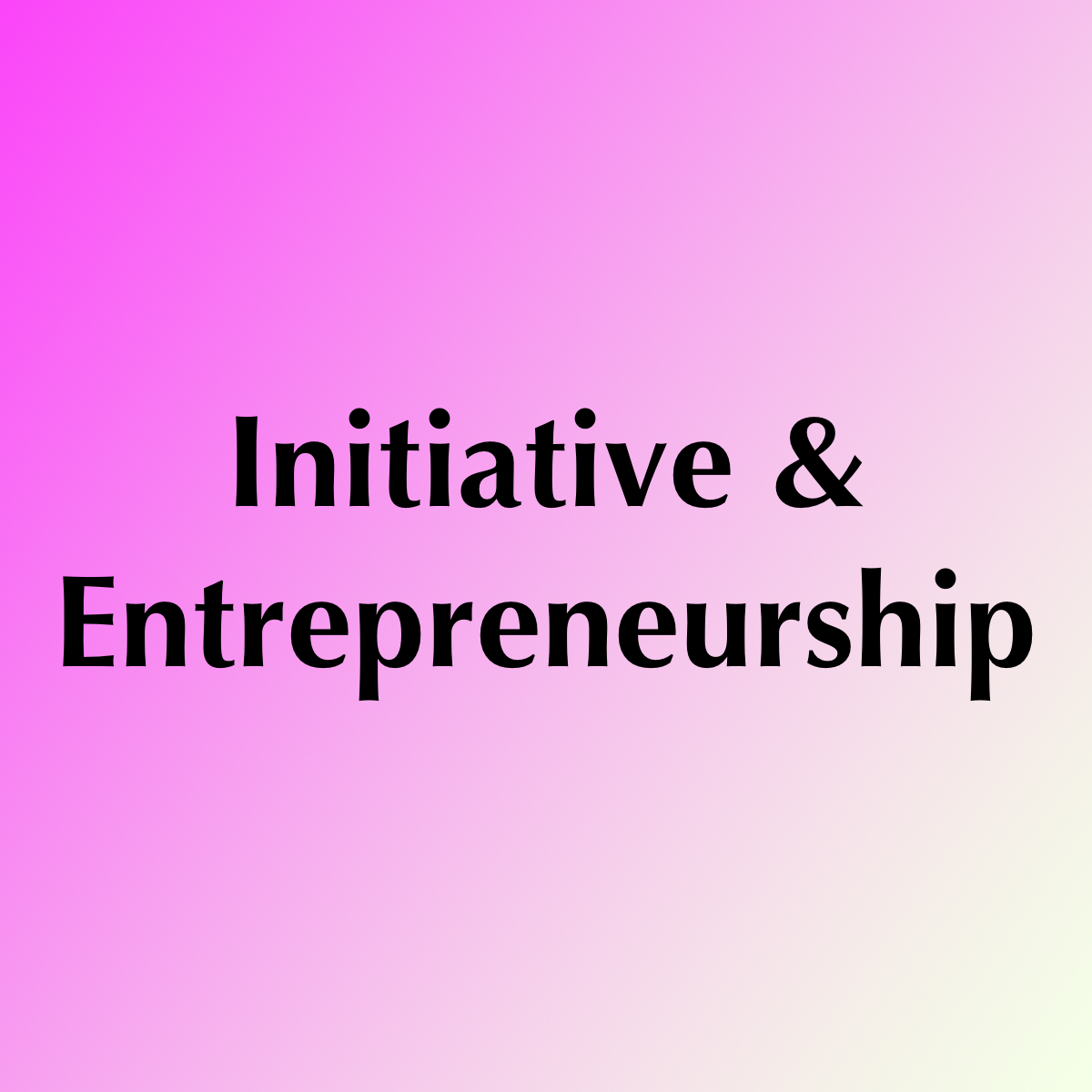21ST CENTURY SKILLS
The second goal of the Old Saybrook Public Schools' Strategic Plan is a commitment to High Quality Instruction, in which all students will engage with a range of skills and knowledge aligned to our Vision of A Learner. Prominent among those are the 21st Century Skills.
21st Century Skills are skills that are critically important to students' success in today's world, in college, the workforce, and independent adult life. Students develop these through engagement with all of our schools' academic subjects and extracurricular experiences.
The Old Saybrook Public Schools have chosen seven 21st Century Skills on which to focus instruction; they are listed below. Click on each header for a link to the rubrics used to assess student achievement in each skill. Use the tabs at the bottom to the rubrics to select a range of grade levels.
Welcome, parents and guardians who have received your students' OSHS Report Cards! Below you'll find a link to the High School 21C Rubrics.
Each rubric has a "Teacher" section at the top which describes how teachers should design their lessons to give students a chance to develop mastery of each 21C skill.
Below that is the "Student" section. If you find the column that matches your student's score, you'll find descriptions of the level of achievement your student demonstrated in that class during the first quarter.
Click here for High School Level 21st Century Skill Rubrics
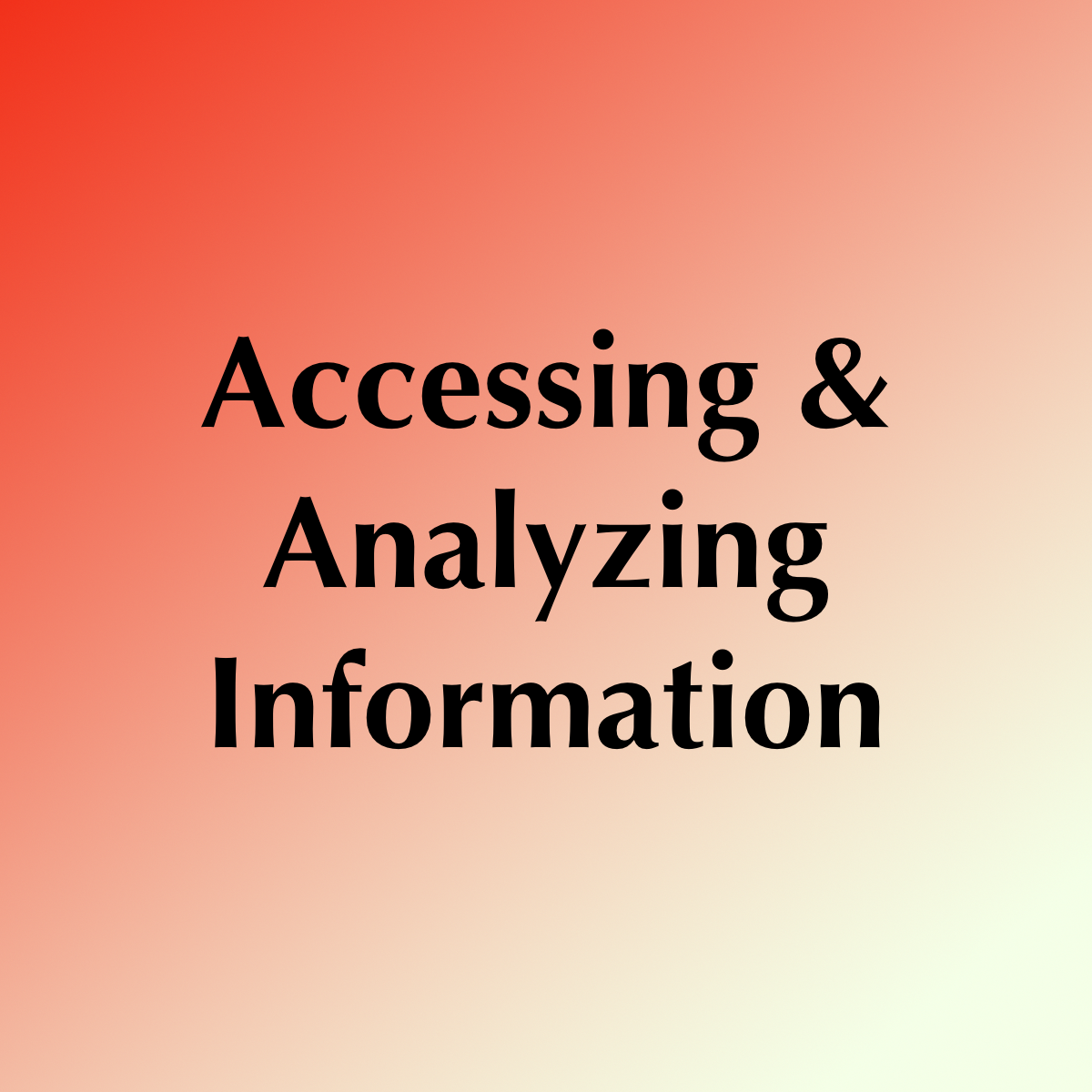
The ability to know when there is a need for information and how to identify, locate, evaluate, and effectively use that information for solving problems.

Being able to constantly adjust to changing demands by using a variety of tools to solve complex problems with responsiveness and flexibility. Handling disruption, rapid transformation, and reorganization of information is necessary for 21st-century learning: "Learning to be comfortable with being uncomfortable."
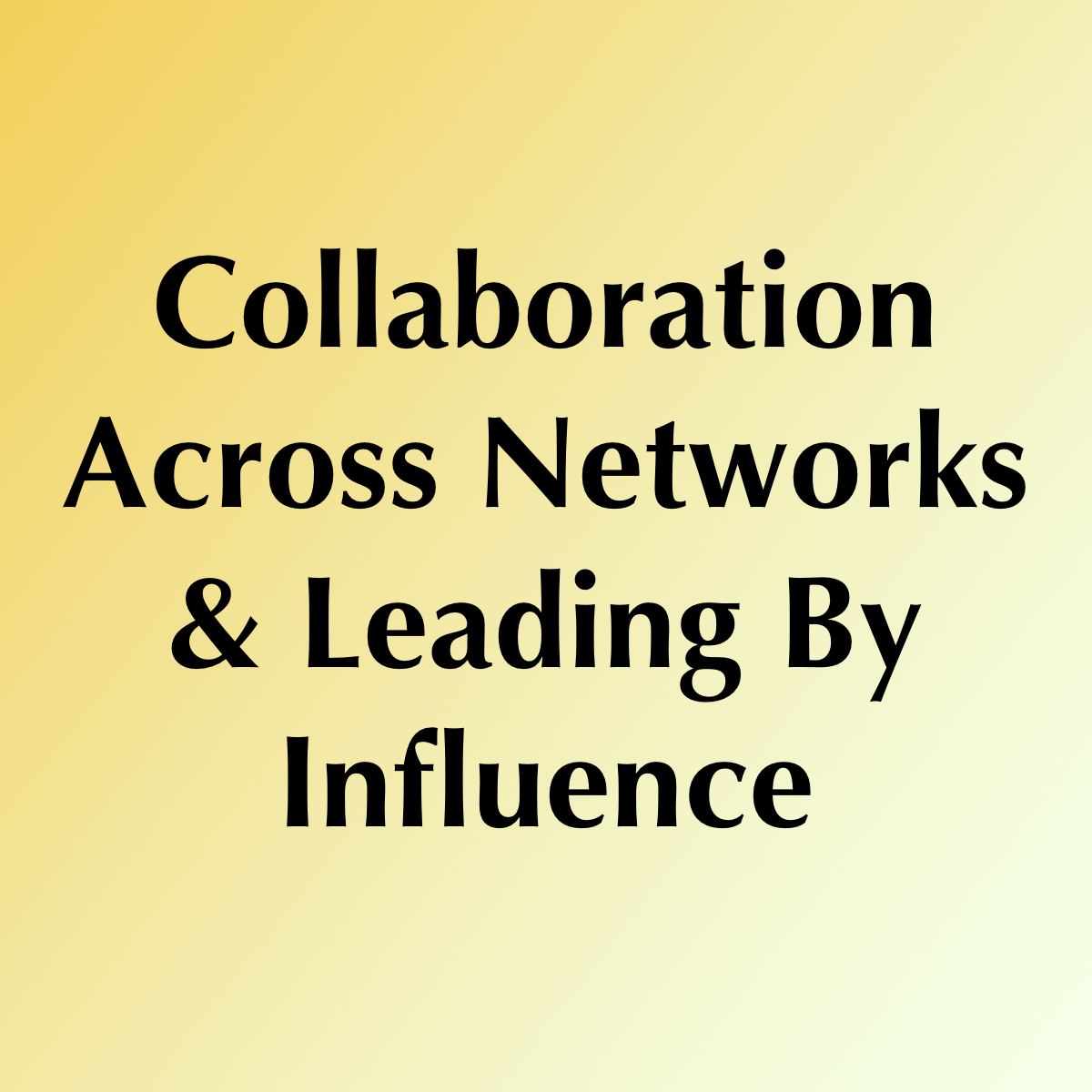
The ability to work together with diverse groups to facilitate the exchange of ideas to achieve a goal, make decisions, and solve problems. Leading with influence is the ability to generate results collaboratively, in a variety of contexts without direct authority.
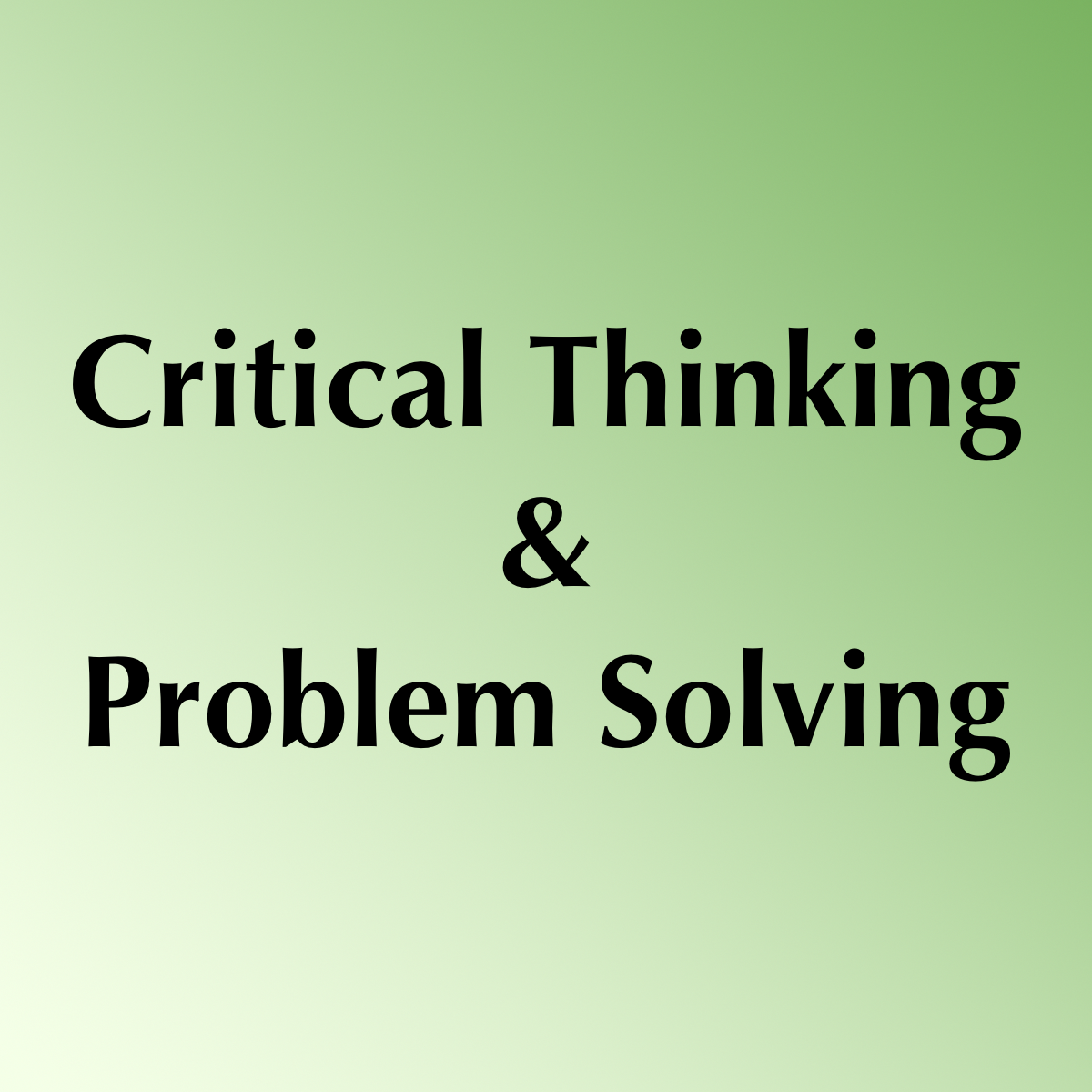
Critical Thinking is the act of building an understanding of how an issue or situation evolved–looking at it from a systemic perspective and not accepting things at face value. Problem-Solving is the process of identifying a problem, asking good questions about the problem, seeking answers to those questions, and formulating and implementing solutions.
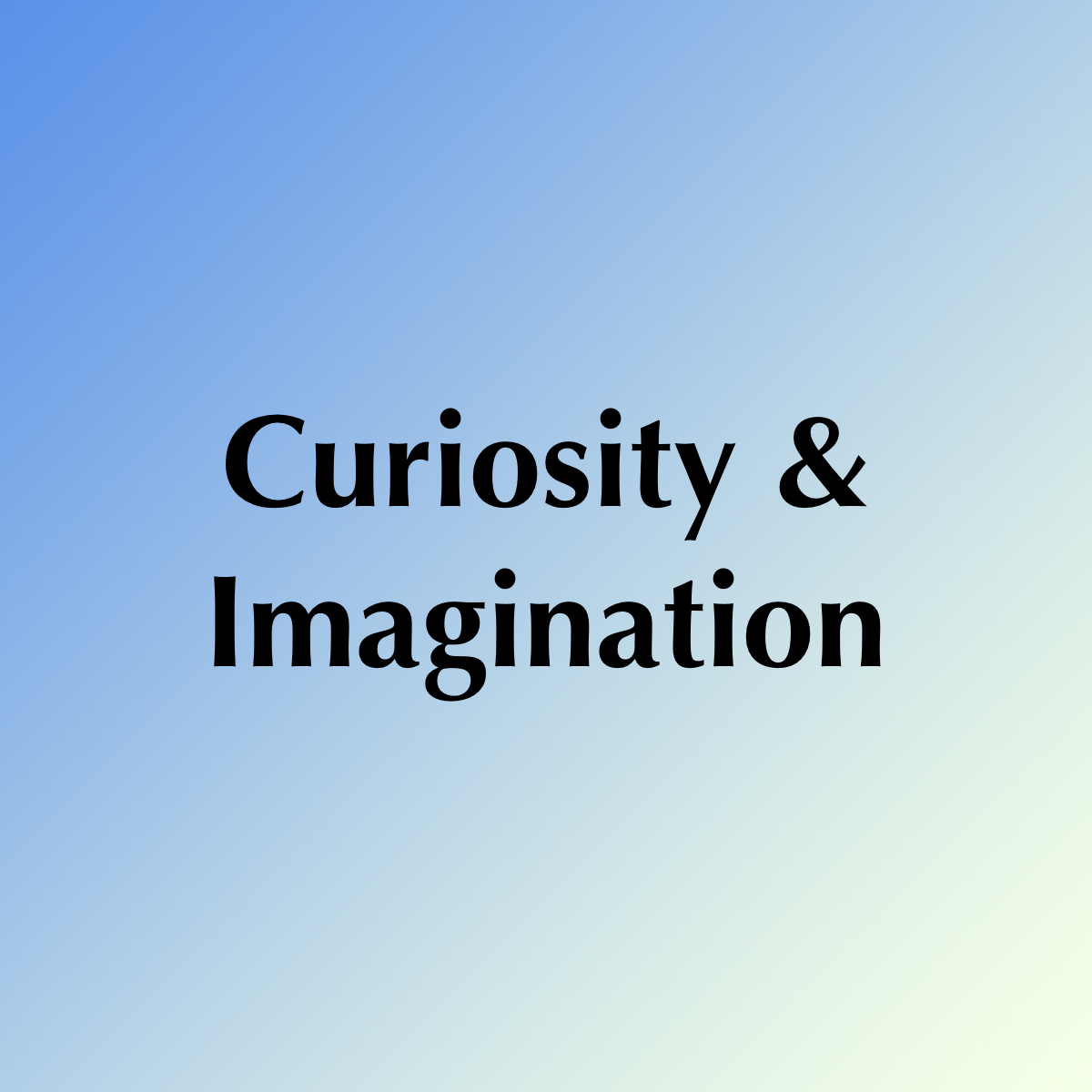
The capacity to synthesize existing ideas and to work creatively in ways characterized by innovation and divergent thinking.

Students will be able to communicate their thoughts clearly and precisely, balancing an awareness of their audience with their own unique voices.
